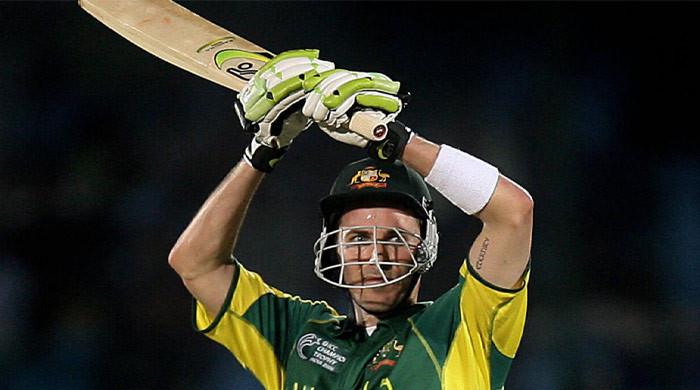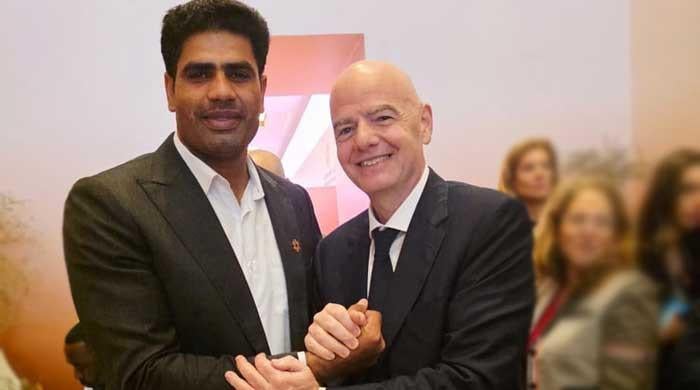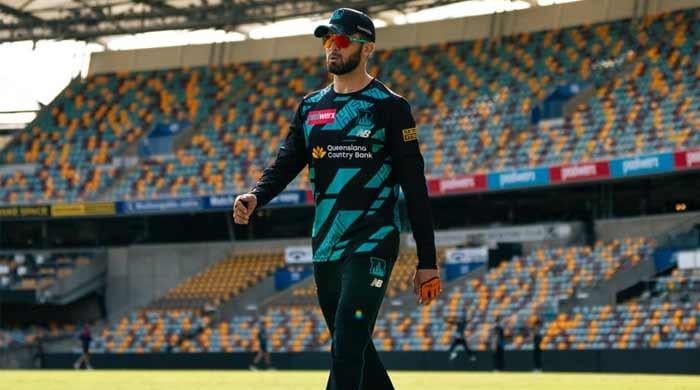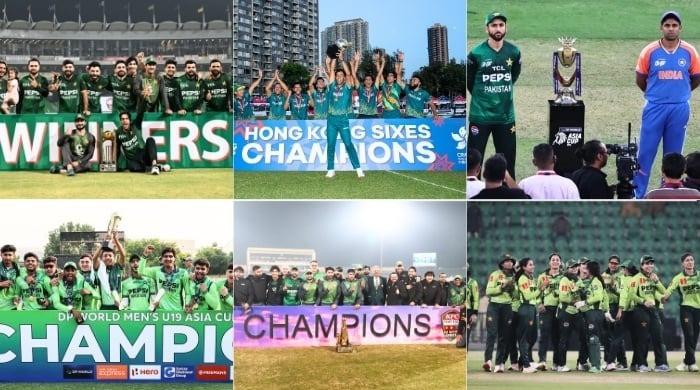T-20, twenty years too early
It seems like déjà vu. Whatever Keiron Pollard, Chris Gayle and Shahid Afridi were doing in PSL, a generation long ago had witnessed similar kind of cricket, in days when the colour...
March 13, 2017
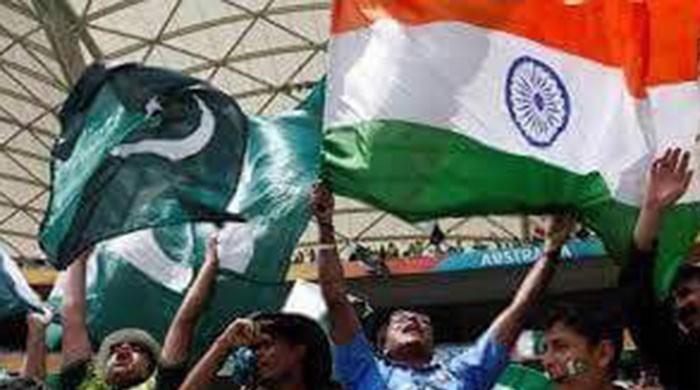
It seems like déjà vu. Whatever Keiron Pollard, Chris Gayle and Shahid Afridi were doing in PSL, a generation long ago had witnessed similar kind of cricket, in days when the colour of the gentlemen’s game was still white.
With the next edition of Indian Premier League round the corner, it must be strange to know that it was Pakistan some thirty years ago, which ‘introduced’ the T-20 style cricket to them, some three decades back. It was the second match of a six-match series between then World Champions India and arch-rivals Pakistan when the team effort changed what was written.
Javed Miandad single-handedly guided Pakistan to their first ever win in any final against India when he smashed a six on the very last ball in April 1986, while Manzoor Elahi, alone, hit a crucial half century, to take his team to victory, at the same venue later the year, but what happened in Calcutta (now Kolkata), on 18th February 1987, is now part of folklore.
Put into bat, India scored 238/6, with the help of a blistering hundred from Kris Srikkanth. He scored 123 runs off just 103 deliveries with the help of 14 fours and a six. Along with Muhammad Azharuddin, they put on 145 for the fourth wicket, the latter missing his half century by one run. Wasim Akram took three wickets while Imran Khan accounted for the wickets of Lalchand Rajput and Raman Lamba.
Getting 239 in 40 overs was considered impossible in those days, especially when ‘slogging’ was still associated with lower order batsmen. Pakistani openers, Ramiz Raja and Younis Ahmed, batted patiently and scored at run-a-ball. Younis, the younger brother of former Test Captain Saeed Ahmed, was 39 years of age when making his ODI debut in this match. He was last seen playing a Test way back in 1969 when his partner Ramiz was barely seven years old. Ramiz set the pace as he dispatched medium-pacer Roger Binny for three fours in the third over of the innings.
They were not slogs, but calculated cover drives and pulls from the younger Raja. Younis, on the other hand, used his English county experience to the full and was particularly severe on Indian captain Kapil Dev. Ramiz was dismissed for 58 when the score was 106. After that, the middle order failed to capitalise. Javed Miandad, hard-hitting Abdul Qadir and Manzoor Elahi, all were sent back without much contribution. There could be a debate on the dismissal of Javed, who was given leg before by umpire DN Dotiwalla. In the days before neutral umpires, this was another occasion when Indians used the home advantage to the full. Javed Miandad was given ‘lbw’ in every second innings he played in India and it looked as if the legendary batsman, who had been tormenting the fastest and mightiest bowlers all around the world, was more in the line of victory of weaker bowlers than in the line of the wicket, when ‘in India’.
Entered Salim Malik at 160/5, when Pakistan needed 79 runs to win in 8 overs. Angry at not being sent ahead of ‘sloggers’, despite having 5 test centuries to his name, he had to prove a point
Batting without headgear, he smashed a boundary off the second ball faced from left-arm spinner Maninder Singh. He was joined by Wasim when Imran Khan was bowled by his counterpart Kapil Dev for 2 runs. Malik charged after Maninder, scoring 19 runs of the 35th over and 16 off the very next, bowled by Kapil. Be it square leg, fine leg or third man, Malik completed his fifty off 23 deliveries and hit the winning runs off Kapil Dev with three deliveries left. Mudassar Nazar, the man who had been opening the batting for Pakistan since 1977, was at the other end, when Pakistan achieved the impossible, with two wickets in hand.
Salim Malik remained unbeaten at 72, scored on 36 deliveries. 50 of his runs came in boundaries, as he hit 11 fours and a six. The way Pakistan openers put on a century partnership, the middle order collapse orchestrated by home umpires, the lusty hitting by Salim Malik and the eventual win, it had the ingredients of a T-20 match, in days when the format was not even under consideration.
‘20 overs cricket’ became a reality in the 2000s, which later got its own World Cup. Indian Premier League, Pakistan Super League, Sri Lankan Premier League and Bangladesh Premier League got popular in coming days with big sixes, free hits, different camera angles, neutral umpires and colored clothing capturing the attention of the viewers, this generation must remember, that one-day cricket was equally entertaining, it only required teamwork to achieve the impossible.





